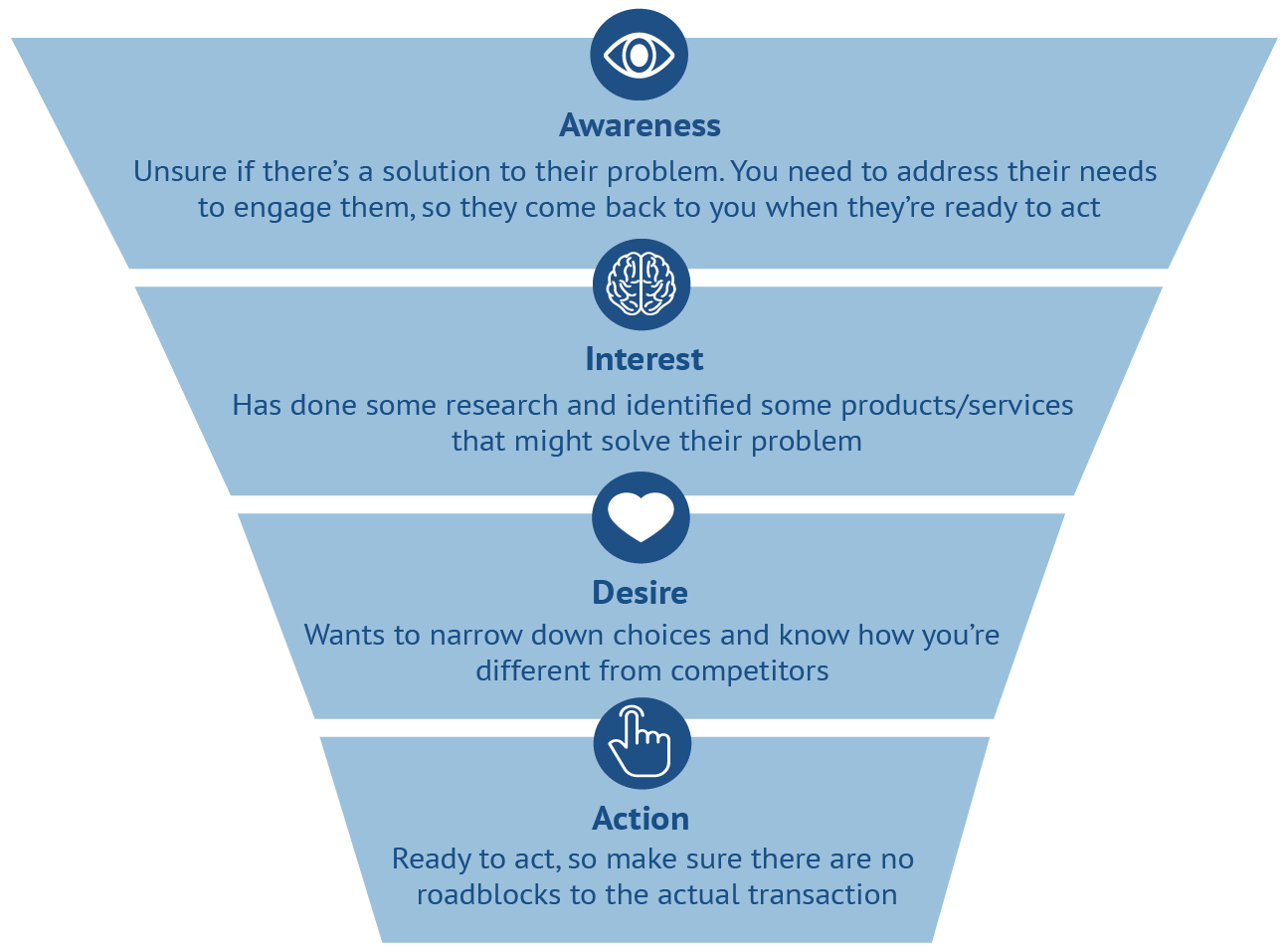
Design Your Website for User Experience and Conversion
In today’s digital-centric world, your website is often the first point of contact between your business and potential customers. The impression it leaves can be the deciding factor in whether a visitor stays and engages with your content, or bounces off never to return. That’s why designing your website with both user experience (UX) and conversion in mind is not just a good idea, it’s essential to your online success.
The Role of User Experience in Web Design
At its core, User Experience is all about how a person feels when interacting with a system, which in this case, is your website. A site with good UX is intuitive, accessible, and pleasing to navigate. It meets the users’ needs without fuss or hassle. If you’ve ever visited a website and found exactly what you needed with ease, then you’ve witnessed excellent user experience.
However, UX is not just about the way things look; it’s also about functionality. Think of your website as a friendly guide in a foreign country. If it’s helpful, clear in its directions, and can speak your language—both literally and figuratively—you’re more likely to enjoy your visit and engage with the environment. The same goes for your online visitors.
Conversion: The Ultimate Website Goal
Conversion is the process of turning a website visitor into a lead or customer. The term ‘conversion’ can cover a range of actions, from signing up for a newsletter to making a purchase. Ultimately, whatever the goal of your website may be, conversions are the benchmark of its success.
But how do you design a website that encourages users not just to stick around, but to convert? It’s a delicate balance of form, function, and persuasion that when done right, can lead to impressive results.
Step 1: Know Your Audience
Before you dive into the nuts and bolts of website design, it’s vital to understand who your visitors are. What do they want or need? What problems do they have that your product or service can solve? When you have a clear picture of your audience, you can tailor the user experience to match their expectations.
Step 2: Content Is King
Compelling content is the backbone of any good website. It’s what draws people in and keeps them there. Whether it’s engaging product descriptions, informative blog posts, or snappy videos, your content should be designed to address your audience’s needs, answer their questions, and guide them towards a conversion.
Step 3: Make Navigation a Breeze
Good navigation is a cornerstone of UX. A well-structured website helps users find what they’re looking for without a hitch. An intuitive menu, clear headings, and a search bar can make the journey through your website feel like a walk in the park rather than a hike through the wilderness.
Step 4: Speed Things Up
In our high-speed world, patience is in short supply. If your website takes too long to load, visitors will leave before they’ve even seen what you have to offer. By ensuring your site is optimized for speed, you’re respecting your visitors’ time and improving their overall experience.
Step 5: Mobile-Friendly Is Non-Negotiable
More people than ever are using their mobile devices to browse the internet. If your site isn’t designed to be mobile-friendly, you’re missing out on a massive audience. A responsive design that adapts to various screen sizes and makes it easy to navigate your site on any device is crucial.
Step 6: Provide Clear Calls to Action
A Call to Action (CTA) is a prompt on a website that tells the user to take some specified action. A good CTA is clear, compelling, and hard to ignore. Whether it’s “Buy Now,” “Sign Up,” or “Learn More,” your CTA should make it clear what you want the visitor to do next.
Step 7: Trust Building Is Essential
Online, trust must be earned. Displaying testimonials, reviews, and trust badges can go a long way to reassure visitors that they’re in good hands. Make sure your contact information is easily accessible too—being transparent and available helps build confidence in your brand.
Step 8: Test and Tweak
Finally, good design is never set in stone. It needs to be tested, analyzed, and refined. Using tools like A/B testing, you can experiment with different elements of your site to see what works best for your audience. Keep an eye on your analytics to understand how visitors are interacting with your site and where you might need to make changes.
Designing a website with UX and conversion in mind is no small task. It takes a clear understanding of your audience, well-crafted content, and a design that’s not only beautiful but functional. By following these steps, you’re setting the stage for a website that doesn’t just look good—it performs.
In conclusion, your website has the potential to be one of your strongest assets, acting as a round-the-clock ambassador for your business. With careful planning and a commitment to continuous improvement, you can craft an online experience that’s not just user-friendly, but also a powerful engine for conversion. Engage your audience, guide them smoothly through your site, and watch as your website becomes more than just a digital space—it becomes a place where business thrives.
